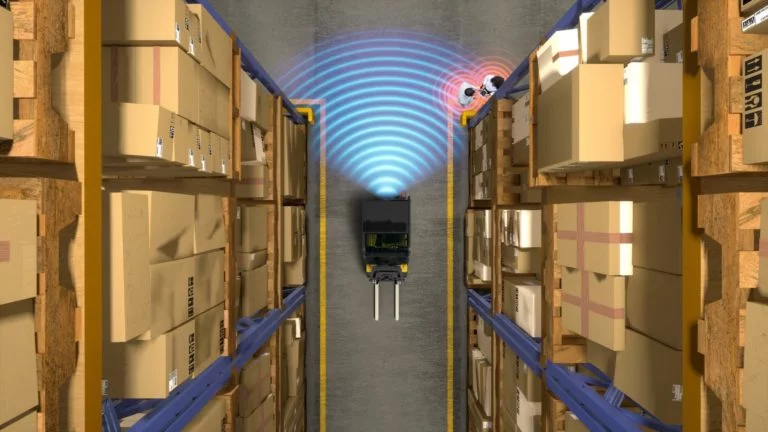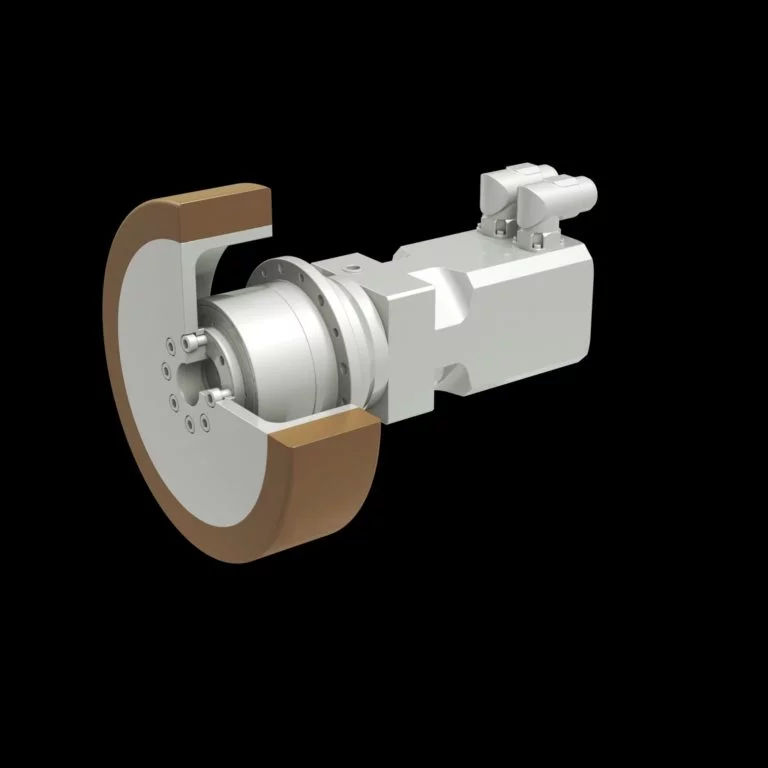The vision of autonomously driving transport vehicles in production halls or warehouses is to come within reach thanks to the European research project IMOCO (Intelligent Motion Control). On the German side, the project is led by the Hamburg-based intralogistics specialist STILL, a subsidiary of the KION Group. The project is scheduled to end in the fourth quarter of 2024.
Transport vehicles that navigate truly autonomously through warehouses and production facilities, learning to analyse and “understand” their surroundings, reliably recognising obstacles and people, avoiding them and all the while transporting goods quickly and reliably from one place to another – that still sounds like science fiction. However, according to the initiators of the European research project IMOCO, this vision is soon to become reality.
For this purpose, four scenarios were defined within the research project that are characterised by digital twins and AI principles (machine learning/deep learning): Intelligent navigation, picking up the goods, their transport and eventual drop off at the destination.
“Such processes place very high demands on the processes and also on the vehicle,” describes Ansgar Bergmann, responsible for the IMOCO project at STILL. “With our OPX iGo neo, we have therefore sent an order picker into the project that already comes very close to the idea of this autonomously driving vehicle due to its ‘intelligent’ equipment and the resulting capabilities.”
Highly sensitive sensor technology
Current automated guided vehicles still have their limits when it comes to operating completely autonomously in warehouses or production facilities. Although they recognise obstacles and brake independently, they cannot yet avoid obstacles, intelligently search for the most efficient routes and analyse the environment. For this, they need highly sensitive sensor technology in the form of laser scanners, cameras or radar to detect spatial objects such as shelves or even signs, markings and displays.
In addition, they must “understand” their environment, register changes and be able to respond to them. Only this will allow these vehicles to navigate independently to their destination, recognise and handle loads, avoid obstacles or find logical storage locations for the transported goods.
The OPX iGo neo already operates autonomously in the aisle, detects and understands its environment and derives appropriate actions from it. However, leaving the shelf aisle fully autonomously and navigating through the customer’s halls, and also planning optimal paths for this, for example, is not yet part of the product. But precisely because it is already equipped with the corresponding environmental sensors, the OPX iGo neo is the ideal starting point for the desired further developments of this project.
“For the OPX iGo neo, the goal of the project is to further increase the level of understanding of the environment and the decision-making capabilities in order to continuously increase the autonomous capabilities, the intelligence of the robot, and to allow it to act autonomously in the warehouse beyond the shelf aisle,” explains Bergmann. “Machine and deep learning approaches play a very important role here.”
Detect obstacles in real-time
IMOCO has set itself the goal of creating the prerequisites for this challenging application of mobile robotic systems in dynamic intralogistics environments. Autonomously executed and situation-based modifications to the planning of a route, including the consideration of moving objects such as people or vehicles, should then be possible throughout the entire warehouse.
Bergmann says: “The research project wants to further develop the conventional triad of recognition, analysis and action by means of artificial intelligence – to perceive, understand and solve.” Within the research project, the vehicles are to be enabled to perceive the spatial environment through different sensor systems and not only recognise trained objects, but also to estimate their movements. “This detection of obstacles has to be done in real time for smooth operation.”
Hamburg as “research centre”
At the STILL headquarters in Hamburg, a demonstrator is being set up where all the project partners’ work will be brought together. In addition to STILL as a representative of the KION Group, the Fraunhofer Institute for Material Flow and Logistics (IML), Hahn Schickard, IMST GmbH, Nuromedia and Digital Twin Technology are also participating in the project on the German side.
IMOCO is funded by the European Union through the research organisation “Electronic Components and Systems for European Leadership” (ECSEL) and by the Federal Ministry of Education and Research.














